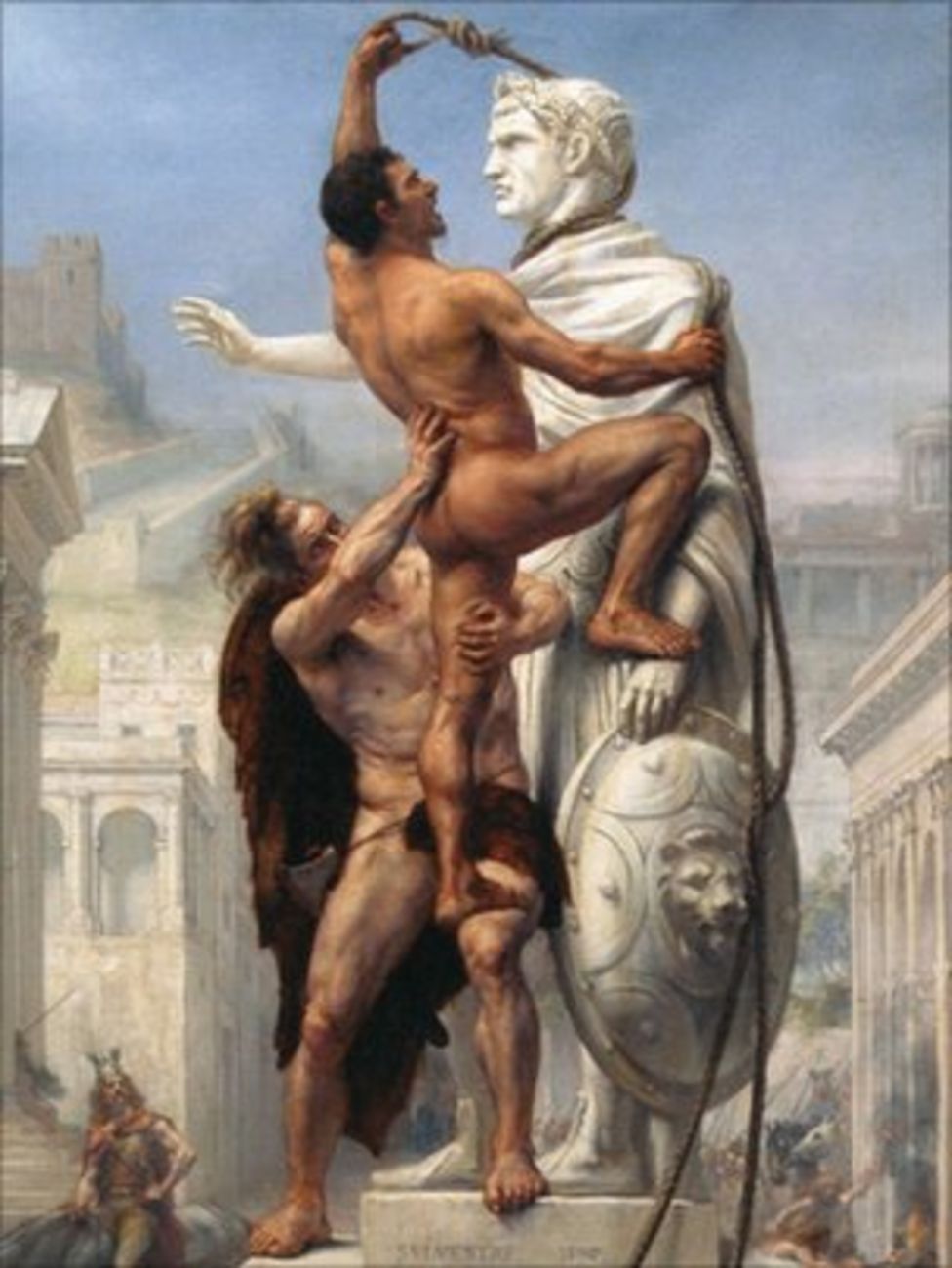By Tim Rohr
I previously opined about why I believed it took so long to get the Vatican to act on the Apuron case, and why, when the Vatican did act, it had to create a legal apparatus to address clerical sex abuse by a bishop.
The Vatican had to do this because the usual offenders were almost always priests and they were dealt with by their bishops.
But who deals with an offending bishop? At the time, no one - which is probably why Apuron became infamous for whispering "no one can get me" to people he thought were his confidants.
As we know, it was only due to pounding public pressure (more than a year of pickets, almost daily news stories, the millions of visits to this blog, and ultimately the enactment of a law which enabled victims to sue the archdiocese) which brought the Vatican to Guam in the person of Cardinal Raymond Burke in February 2017.
A year later, March 2018, Pope Francis removed Apuron as Archbishop of Agana and prohibited him from physically returning to Guam.
It can be assumed that before the Pope forcibly removed Apuron that he most likely asked or even begged Apuron to resign.
Francis - at the advice of his legal counselors - most likely hoped Apuron would resign because by forcibly removing him, Francis (i.e. "the Vatican), in effect, would be acting in the capacity of an employer and thus opening the door for institutional liability to the Vatican.
Prior to the Apuron affair, popes removed problem bishops from their dioceses but it appears to have always been via a request to resign (and probably promises of a cushy Rome pad and other perks).
In Apuron's case, we can assume that he refused to resign due to the support of the second most powerful person in the Vatican at the time, Cardinal Fernando Filoni, who was the Neocats' inside guy.
The Neocats had a lot to lose if Apuron fell. So they propped him up and created conspiracy stories. (One such conspiracy was reportedly led by "Tim Rohr and Associates," and it's still "a thing.")
Given the pressure from Filoni and the legal realities of liability, the pope most likely did not want to forcibly remove Apuron. And, the fact that he did anyway, is a sort of silent witness to just how serious Apuron's crimes were, especially after the pope himself denied Apuron's later appeal.
Nevertheless, removing Apuron opened the door for lawyers to paint the Vatican as an employer, and we've seen several lawsuits here in Guam naming The Holy See (the Vatican) as a Defendant.
But probably because Guam is a distant and small diocese, and because Apuron's crimes were so heinous, there is little support to sue the Vatican. Most people are quite thankful that the pope stepped in.
However, the same is not true in Tyler, Texas where the pope has forcibly removed a bishop from his diocese and named no crime. And according to Catholic writer John Zmirak, the pope has really stepped in it this time.
During the clerical sex abuse crisis in the Catholic Church, the Holy See deftly escaped direct criminal liability in US courts — for potentially hundreds of billions — by arguing, amongst other things, that a pope doesn’t have the power to remove a bishop against his will.
This was necessary to demonstrate that bishops aren’t employees of the Vatican. Many years later and [Francis ] has just done precisely that by sacking the holy Bishop Strickland.
Read more at: Pope Francis May Have Just Accidentally Saved My Church … by Bankrupting it.
NOTE: Speaking of Filoni, I came across this JW post from 2017 about Filoni himself exposing the Vatican to liability due to his micromanaging of RMS - which was exposed after the Laity Forward Movement banged on the RMS front door.

Whoopsy.
ReplyDeleteYah. And I'm not so sure it was an "error." Francis appears to want to destroy just about everything.
Delete